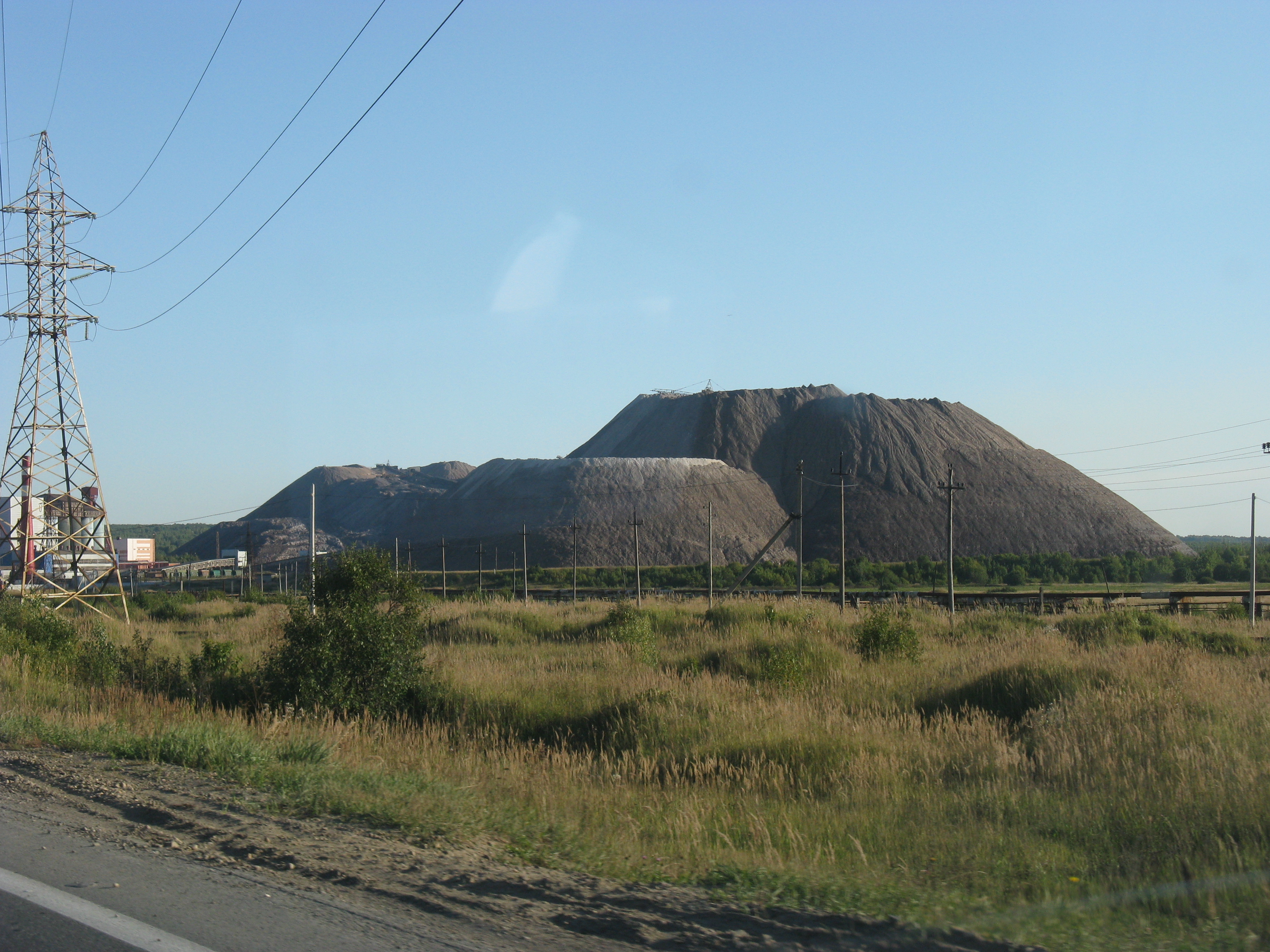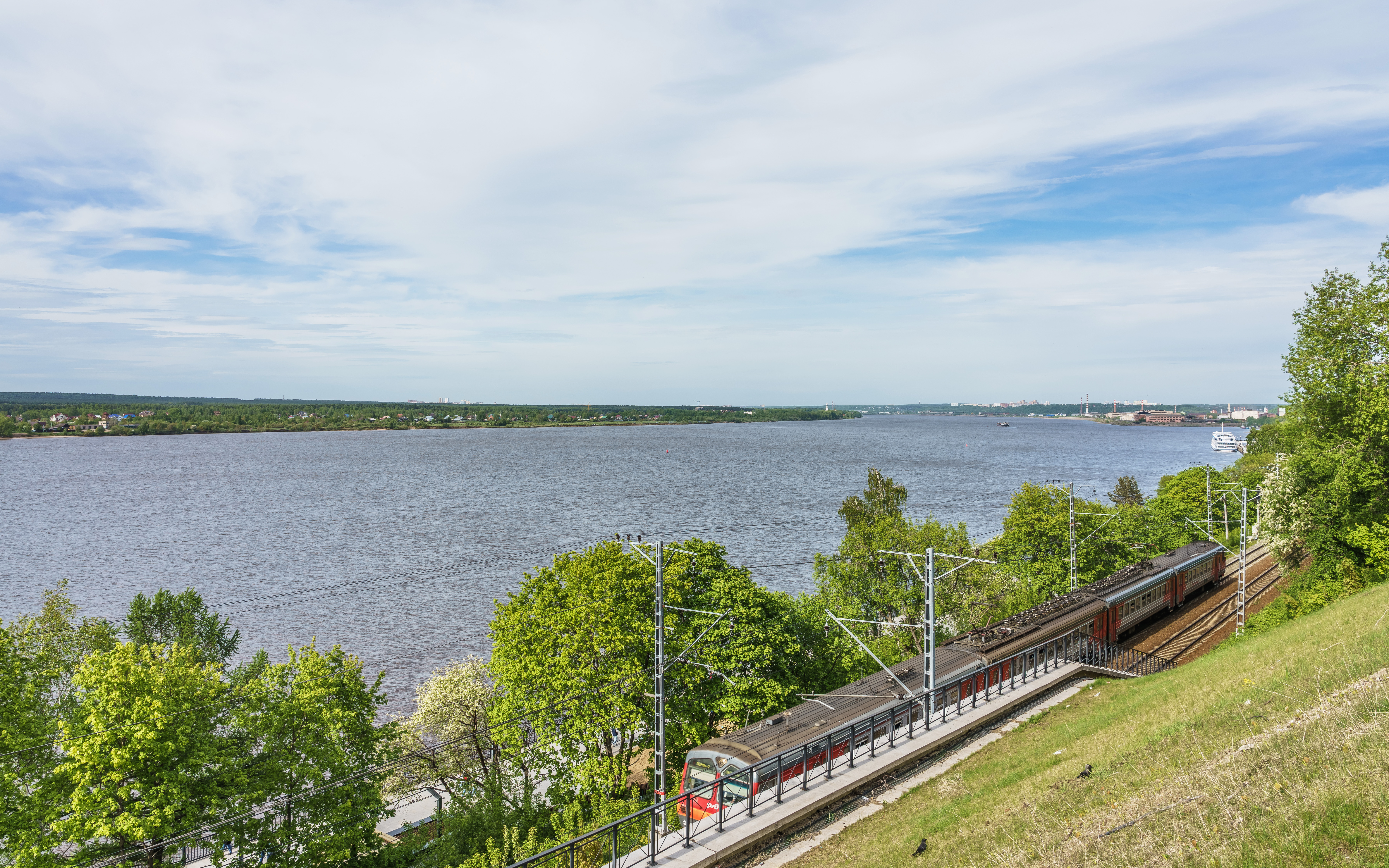|
Artemy Babinov
Artemy Safronovich Babinov (Артемий Сафронович Бабинов), a Russian explorer from the village of Verkh-Usolka, discovered the shortest path across the Urals from Solikamsk in the Perm region to Verkhoturye in the east in 1597. Babinov's Road was eight times shorter than the Cherdyn Route previously used. His story remains popular in the Urals. It is claimed that Babinov secretly followed the Vogul The Mansi ( Mansi: Мāньси / Мāньси мāхум, ''Māńsi / Māńsi māhum'', ) are a Ugric indigenous people living in Khanty–Mansia, an autonomous okrug within Tyumen Oblast in Russia. In Khanty–Mansia, the Khanty and Mansi ... hunters through the woods, marking the road with broken branches. As a reward for his discovery, Tsar Theodor gave him a sizable tract of land and exempted him from payment of taxes. References {{DEFAULTSORT:Babinov People from Perm Krai Russian explorers 17th-century explorers Explorers of Siberia ... [...More Info...] [...Related Items...] OR: [Wikipedia] [Google] [Baidu] |
Russia
Russia (, , ), or the Russian Federation, is a List of transcontinental countries, transcontinental country spanning Eastern Europe and North Asia, Northern Asia. It is the List of countries and dependencies by area, largest country in the world, with its internationally recognised territory covering , and encompassing one-eighth of Earth's inhabitable landmass. Russia extends across Time in Russia, eleven time zones and shares Borders of Russia, land boundaries with fourteen countries, more than List of countries and territories by land borders, any other country but China. It is the List of countries and dependencies by population, world's ninth-most populous country and List of European countries by population, Europe's most populous country, with a population of 146 million people. The country's capital and List of cities and towns in Russia by population, largest city is Moscow, the List of European cities by population within city limits, largest city entirely within E ... [...More Info...] [...Related Items...] OR: [Wikipedia] [Google] [Baidu] |
Urals
The Ural Mountains ( ; rus, Ура́льские го́ры, r=Uralskiye gory, p=ʊˈralʲskʲɪjə ˈɡorɨ; ba, Урал тауҙары) or simply the Urals, are a mountain range that runs approximately from north to south through European Russia, western Russia, from the coast of the Arctic Ocean to the river Ural (river), Ural and northwestern Kazakhstan.Ural Mountains Encyclopædia Britannica on-line The mountain range forms part of the Boundaries between the continents of Earth, conventional boundary between the regions of Europe and Asia. Vaygach Island and the islands of Novaya Zemlya form a further continuation of the chain to the north into the Arctic Ocean. The Ural Mountains are one of the richest mineral regions in the world, containing more than 1,000 varieties of valuable minerals. The mountains lie ... [...More Info...] [...Related Items...] OR: [Wikipedia] [Google] [Baidu] |
Solikamsk
Solikamsk (russian: Солика́мск, Permyak: Совкар, ''Sovkar'', also Соликамскӧй, ''Sovkamsköy'') is a town in Perm Krai, Russia. Modern Solikamsk is the third-largest town in the krai, with a population of History The earliest surviving recorded mention of Solikamsk, initially as "Usolye-na-Kamskom" ''(Усолье на Камском)'' dates from 1430, in connection with the discovery and exploitation by miners and merchants, probably from Vologda, of massive salt deposits on the banks of the Usolka River. The name of the town is derived from the Russian words "" (''sol'', meaning "salt") and "" (Kama River, flowing through the town). The rapid growth of Solikamsk in the 17th century was predicated on the establishment of the Babinov Road, which was the only overland route leading from European Russia to Siberia. This road started in Solikamsk. The Stroganov family operated the country's largest salt-mining facilities in Solikamsk and the surrounding ... [...More Info...] [...Related Items...] OR: [Wikipedia] [Google] [Baidu] |
Perm, Russia
Perm (russian: Пермь, p=pʲermʲ), previously known as Yagoshikha (Ягошиха) (1723–1781), and Molotov (Молотов) (1940–1957), is the largest city and the administrative centre of Perm Krai, Russia. The city is located on the banks of the Kama River, near the Ural Mountains, covering an area of , with a population of over one million residents. Perm is the List of cities and towns in Russia by population, fifteenth-largest city in Russia, and the fifth-largest city in the Volga Federal District. In 1723, a copper-smelting works was founded at the village of ''Yagoshikha''. In 1781 the settlement of Yagoshikha became the town of ''Perm''. Perm's position on the navigable Kama River, leading to the Volga, and on the Siberian Route across the Ural Mountains, helped it become an important trade and manufacturing centre. It also lay along the Trans-Siberian Railway. Perm grew considerably as industrialization proceeded in the Urals during the Soviet period, and i ... [...More Info...] [...Related Items...] OR: [Wikipedia] [Google] [Baidu] |
Verkhoturye
Verkhoturye (russian: Верхоту́рье) is a historical town and the administrative center of Verkhotursky District of Sverdlovsk Oblast, Russia, located in the middle Ural Mountains on the left bank of the Tura River north of Yekaterinburg. Population: 7,815 ( 2002 Census; 10,900 (1967). History Verkhoturye was founded in 1598 by Vasily Golovin and Ivan Voyeykov on the site of the Vogul settlement of Neromkar. There were major fires in 1674 and 1738. The railroad arrived in 1906. It lost town status in 1926 and regained it in 1947. Two oil pipelines pass through the area and there are plans to build an oil refinery. In contrast to the surrounding mining towns, Verkhoturye has been relatively untouched by industrialization and much of its historic appearance has been preserved. Being one of the oldest Russian settlements east of the Urals, and with forty churches in the area, Verkhoturye is considered one of the centers of Russian Christianity. Famous churches include ... [...More Info...] [...Related Items...] OR: [Wikipedia] [Google] [Baidu] |
Babinov's Road
The Babinov Road (Бабиновская дорога) was for a long time the shortest path across the Urals. It led from Solikamsk to Verkhoturye and thence to Tobolsk in Siberia. It was discovered by Artemy Babinov in 1597 and hacked out of the forests several years later, replacing a complicated river route that had been used in the 16th century. It was the construction of the Babinov Road that made possible the Russian colonization of Siberia and the enormous territorial growth of the Tsardom of Russia in the 17th century. The route was apparently based on an existing trail used by Khanty and Mansi hunters. In the 17th century, Russian travellers to Siberia passed through a chain of small forts protecting the road from raids by native tribes. Verkhoturye, the first of these forts, was built at its eastern end in 1598. Babinov's Road remained the only practicable route from Europe to Siberia until the construction of the Great Siberian Road The Siberian Route (russian: � ... [...More Info...] [...Related Items...] OR: [Wikipedia] [Google] [Baidu] |
Cherdyn Route
The Cherdyn Road (Чердынская дорога) or Vishera Road (Вишерская дорога) was the standard route used by the Russians to travel to Siberia in the late 16th century. It started in Cherdyn west of the Urals and followed a number of rivers and portages, from the Vishera through the Lozva and the Tavda to the Tobol River. Around 1580, Yermak and his Cossacks ascended the Chusovaya River and crossed to the Barancha, a tributary of the Tagil River. They succeeded in penetrating the Khanate of Siberia and conquering the area. This route was abandoned because the upper Tagil was too shallow. In 1592, the Russian fort of Pelym was built to guard the eastern terminus of the Cherdyn Road. It was not until 1597 that a much shorter overland route was discovered by Artemy Babinov. As a result, the Cherdyn Route fell into disuse. See also * Siberian river routes Siberian River Routes were the main ways of communication in Russian Siberia before the 1730s, whe ... [...More Info...] [...Related Items...] OR: [Wikipedia] [Google] [Baidu] |
Mansi People
The Mansi (Mansi: Мāньси / Мāньси мāхум, ''Māńsi / Māńsi māhum'', ) are a Ugric indigenous people living in Khanty–Mansia, an autonomous okrug within Tyumen Oblast in Russia. In Khanty–Mansia, the Khanty and Mansi languages have co-official status with Russian. The Mansi language is one of the postulated Ugric languages of the Uralic family. The Mansi people were formerly known as the Voguls. Together with the Khanty people, the Mansi are politically represented by the Association to Save Yugra, an organisation founded during Perestroika of the late 1980s. This organisation was among the first regional indigenous associations in Russia. Demographics According to the 2010 census, there were 12,269 Mansi in Russia. History The ancestors of Mansi people populated the areas west of the Urals. Mansi findings have been unearthed in the vicinity of Perm. In the first millennium BC, they migrated to Western Siberia where they assimilated with the nativ ... [...More Info...] [...Related Items...] OR: [Wikipedia] [Google] [Baidu] |
Fyodor I Of Russia
Fyodor I Ivanovich (russian: Фёдор I Иванович) or Feodor I Ioannovich (russian: Феодор I Иоаннович; 31 May 1557 – 17 January (NS) 1598), also known as Feodor the Bellringer (russian: Феодор Звонарь), reigned as Tsar of Russia from 1584 until his death in 1598. Feodor's mother died when he was three, and he grew up in the shadow of his father, Ivan the Terrible. A pious man of retiring disposition, Feodor took little interest in politics, and the country was effectively administered in his name by Boris Godunov, the brother of his beloved wife Irina. His childless death marked the end of the Rurik dynasty, and spurred Russia's descent into the catastrophic Time of Troubles. In Russian documents, Feodor is sometimes called ''blessed'' (russian: Блаженный). He is also listed in the "Great Synaxaristes" of the Orthodox Church, with his feast day on January 7 (OS). Background Feodor was born in Moscow, the son of Ivan IV (T ... [...More Info...] [...Related Items...] OR: [Wikipedia] [Google] [Baidu] |
People From Perm Krai
A person ( : people) is a being that has certain capacities or attributes such as reason, morality, consciousness or self-consciousness, and being a part of a culturally established form of social relations such as kinship, ownership of property, or legal responsibility. The defining features of personhood and, consequently, what makes a person count as a person, differ widely among cultures and contexts. In addition to the question of personhood, of what makes a being count as a person to begin with, there are further questions about personal identity and self: both about what makes any particular person that particular person instead of another, and about what makes a person at one time the same person as they were or will be at another time despite any intervening changes. The plural form "people" is often used to refer to an entire nation or ethnic group (as in "a people"), and this was the original meaning of the word; it subsequently acquired its use as a plural form of per ... [...More Info...] [...Related Items...] OR: [Wikipedia] [Google] [Baidu] |
Russian Explorers
The history of exploration by citizens or subjects of the Russian Federation, the Soviet Union, the Russian Empire, the Tsardom of Russia and other Russian predecessor states forms a significant part of the history of Russia as well as the history of the world. At , Russia is the largest country in the world, covering more than a ninth of Earth's landmass. In the times of the Soviet Union and the Russian Empire, the country's share in the world's landmass reached 1/6. Most of these territories were first discovered by Russian explorers (if indigenous peoples of inhabited territories are not counted). Contiguous exploration in Eurasia and the building of overseas colonies in Russian America were some of the primary factors in Russian territorial expansion. Apart from their discoveries in Alaska, Central Asia, Siberia, and the northern areas surrounding the North Pole, Russian explorers have made significant contributions to the exploration of the Antarctic, Arctic, and the Paci ... [...More Info...] [...Related Items...] OR: [Wikipedia] [Google] [Baidu] |







_1938.jpg)
